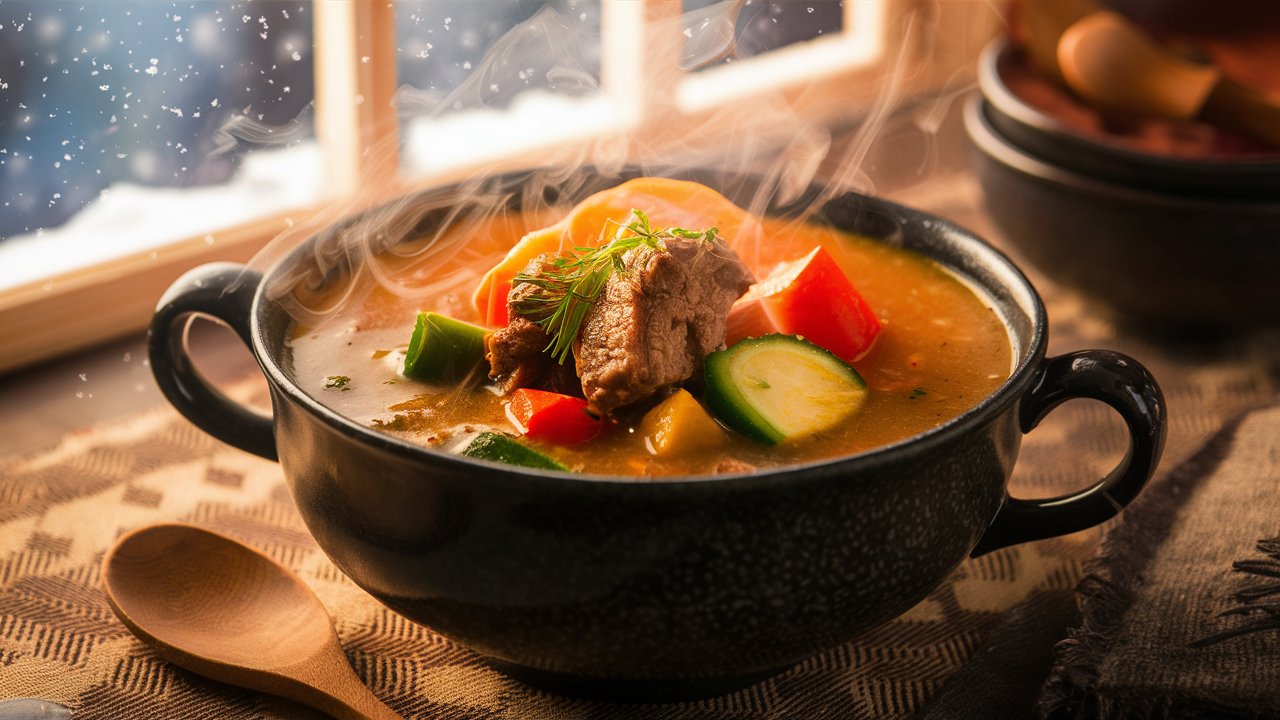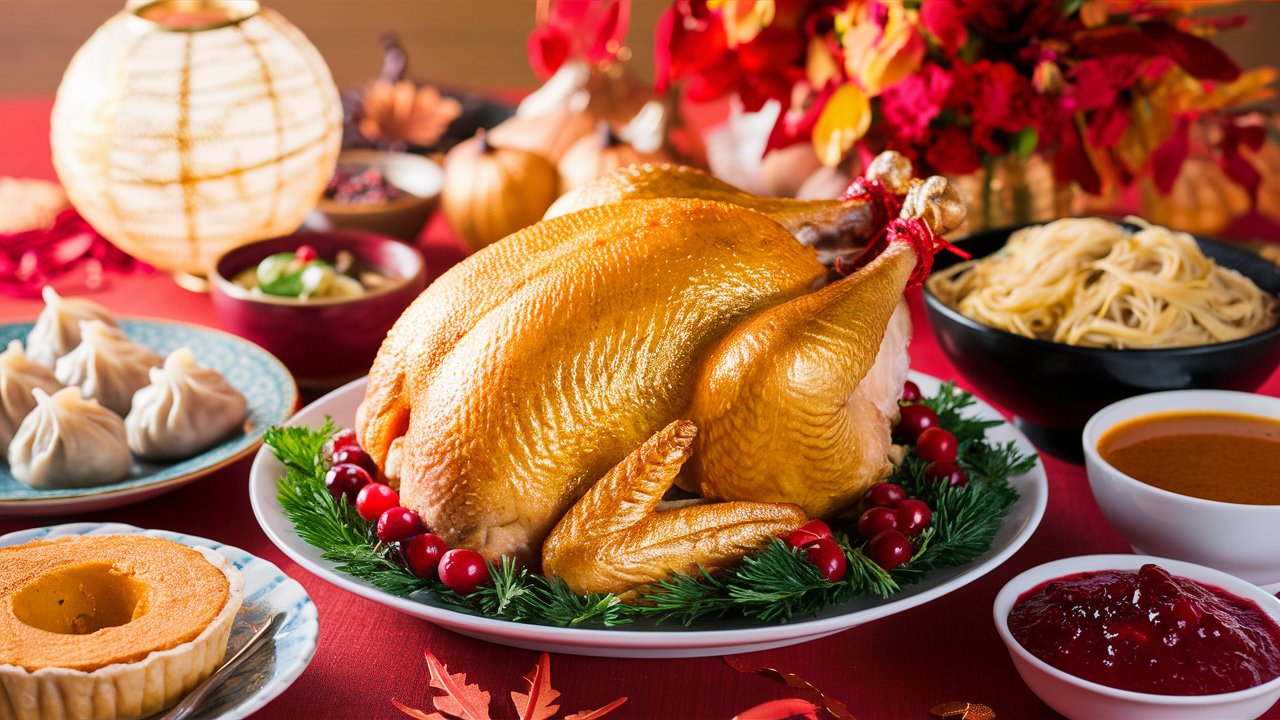
The rhythm of the seasons doesn’t just dictate what we wear or how we spend our time outdoors—it also has a profound impact on what we crave. From the steamy soups of winter to the light salads of summer, weather and culture influence our taste preferences in fascinating ways.
Winter Comfort Foods
When temperatures drop, our bodies instinctively seek out warmth and comfort. This is why winter is synonymous with hearty stews, creamy mashed potatoes, and spiced hot drinks. These foods’ rich, dense flavors are not just about taste—they’re about survival, providing the warmth and energy needed to get through cold days.

Refreshing Summer Fare
As the temperature climbs, so does our preference for light and refreshing foods. Picture crunchy salads, plump fruit, and icy drinks—these foods are hydrating and light on the stomach during the sweltering heat.

Holiday Feasts and Cultural Celebrations
Cultural traditions play a significant role in shaping our seasonal eating habits. For instance, Thanksgiving in the United States is celebrated with roasted turkey and pumpkin pie, while Lunar New Year feasts in East Asia feature dishes like dumplings and rice cakes. These foods are not just seasonal; they are steeped in tradition, symbolizing prosperity, health, and unity.

Local Ingredients and Seasonal Dishes
The availability of ingredients also dictates what we eat. In many parts of the world, seasonal foods are tied to the harvest. In Italy, autumn means truffles and chestnuts, while in Japan, spring is marked by the appearance of cherry blossoms and fresh bamboo shoots in cuisine.
Biological Responses to Seasonal Changes
Our bodies are finely tuned to the seasons. In winter, shorter daylight hours trigger a craving for carbohydrates and fats to boost serotonin levels, while in summer, longer days and increased exposure to sunlight reduce these cravings, making lighter foods more appealing.
Emotional Connections to Seasonal Foods
Foods tied to specific seasons or holidays can evoke powerful memories and emotions. The smell of freshly baked cookies might transport you back to childhood winters, while the taste of watermelon might remind you of carefree summer days. These emotional connections make seasonal foods not just a matter of taste, but a way of experiencing the seasons on a deeper, more personal level.
Seasonal flavors epitomize the subtle balance between our environment and cultural heritage. Seasonal tastes bring us closer to the changing world outside by providing comfort in familiarity and excitement in newness. If we eat seasonally, we align ourselves with nature’s rhythm while simultaneously creating variation in taste experiences during the year.
Next time you savor a winter stew or a summer salad, take a moment to appreciate the intricate dance of weather and culture that brought those flavors to your plate. Eating with the seasons isn’t just about following trends—it’s about honoring the natural and cultural cycles that shape our world.
Contact us at americas@aromatechus.com or through our Linkedin page to learn more about our flavoring solutions.